I think my bees originally journeyed from California to Colorado. I then I drove them four hours from the city to their new home with me in a small, mountain town. One hive was doing well from day one. The girls were bringing in brightly colored pollen in no time. My other hive was smaller and I saw much less pollen going in. I'd also been forewarned that it was a weak hive.
All photos in this blog by Betsy Seeton.
PHOTOS FROM MY HEALTHY HIVE
photo below, you're seeing drone cells, where the males will emerge.
Notice the difference in shape. Drone cells are quite distinguishable from
worker bee cells because of their round mounds. Drones take up more
space in the cells because they are larger than the worker bees.
bright sunlight. I'm guessing it's nectar or honey.
This was in one of the frames in the second box, known
as the "super" that sits on top of the bottom box which
is the brood chamber, also known as a "deep". This
frame was full of the liquid stuff and considerably
heavier than any other frame.
honey is light in color and fairly smooth and flat.
MY SECOND HIVE:
DISCOVERING THE QUEEN WAS GONE
Without someone to guide me by seeing what I'm seeing, I only have reading books, searching online and examining my photos to try to figure out what's going on. I can also submit photos to an online bee student group. I usually try to do my own research first.
I turned to one of my bee books called Beekeeping Mentor in a Book, by Don Studinski. Don teaches hands on beekeeping to many, many beginning and mid level beekeepers over in the Denver, Colorado area. What I learned was how to inspect the hive to determine if my hive was queenless. Things that are red flags are seeing too many drones (male bees) and a widely scattered pattern of drone cells. Drone cells are very easy to spot; they're bulky and roundish. Also, I wasn't seeing much pollen going into the hive and the hive was not growing. Both are bad signs.
I read a bee blog by David and Sheir burns that said, "Sometimes a newly mated queen or queen without room to lay may lay more than one egg in a cell, but a laying worker will fill up a cell with eggs." You'll see the eggs in a couple of the cells on the right toward the bottom. It's not very clear in the pic, but if you look closely, you can make out some squiggly white looking stuff inside on the bottom of the cell.
When a queen dies and isn't replaced by the colony (or by a human caretaker), a worker bee may begin to lay eggs. The problem with this, however, is that she can only lay drones (males) because her eggs are not fertilized. Drones have only one purpose in life and that's to mate with the queen. Otherwise, drones do nothing to advance the health or wealth of the hive. They take up space and utilize resources while giving nothing in return. The male who gets to fertilize the queen will die when the two disengage. It's a gruesome death; his sex organs are torn from his body in flight as the queen separates from him.
Without a fertilized queen laying healthy baby girls, a colony will die. So, from my photos and analysis, my hive had a worker bee (maybe several) laying eggs, which meant there was no queen. I have since discovered it's not uncommon to lose a queen, which is one of many reasons to keep a close eye on the hives if you hope to have thriving colonies.
I made the decision to combine the weak hive in with my good hive. I read that it's an option. I don't know if the bees will be accepted, but I have no access to another queen in a very short period of time so I did what I felt best. I took the box of the weak hive and set it on top of the other two boxes. I've checked often and there seem to be more bees in the weak hive than there were two days ago. I did notice about 30 dead bees around the hive after their first night. I don't know if they were killed in a territorial dispute or what. There were some bees who were left outside when I put the weak hive onto the good hive. Maybe they just didn't make it into the hive. I'll never know for sure. I find it distressing not fully understanding things.
I didn't get stung once doing my inspections a few days ago. Today I got stung immediately on the face, near my eye. Never have been stung ON my face before. Most stings don't even hurt or swell. This one hurts! The girls were very mad right from the beginning and that hive, the weaker one, had always been very sweet and gentle. I have no idea what that means. I gave my antique bee smoker to my niece last year, so I fashioned up a makeshift one and used it a little after I got stung. The girls still seemed agitated. I got two bees stuck in my hair! That's a kind of buzz you don't want to hear. The bees are upset and frightened and their buzz is highly stressful to both them and me! I'll keep you all posted ...
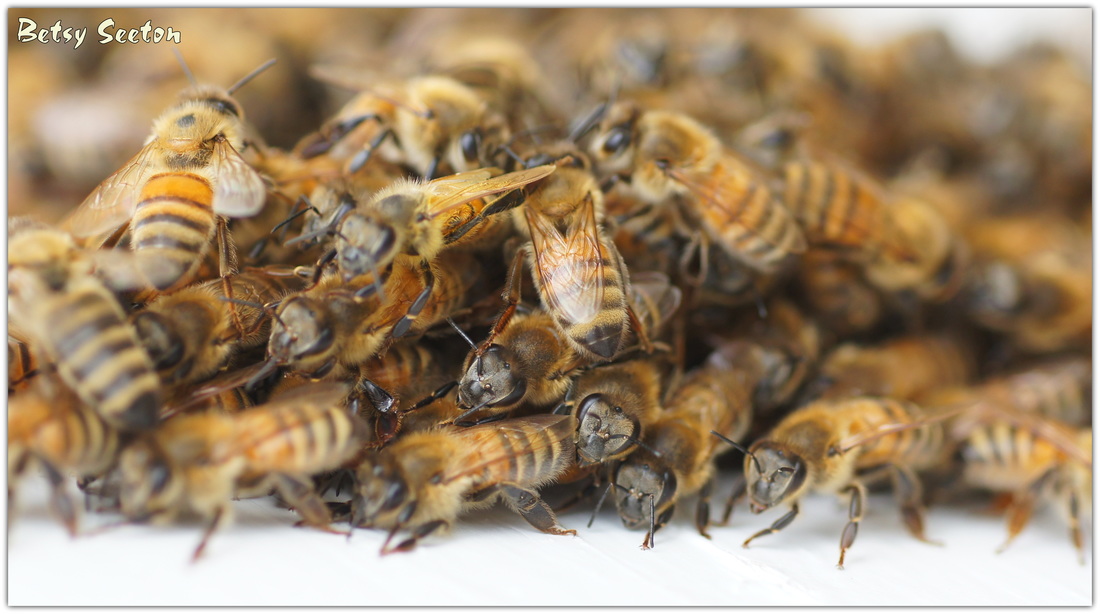
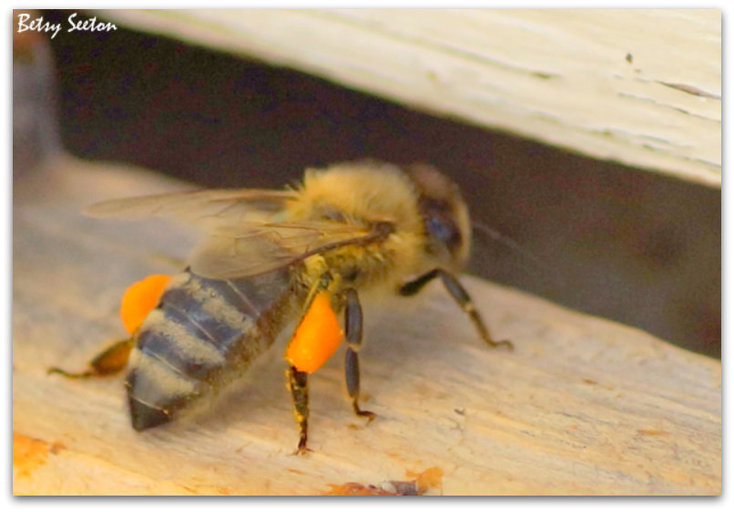
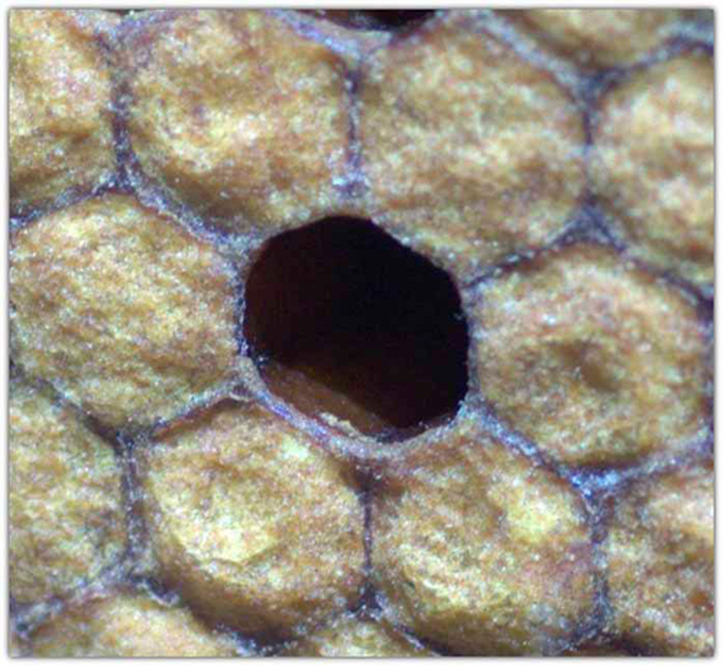

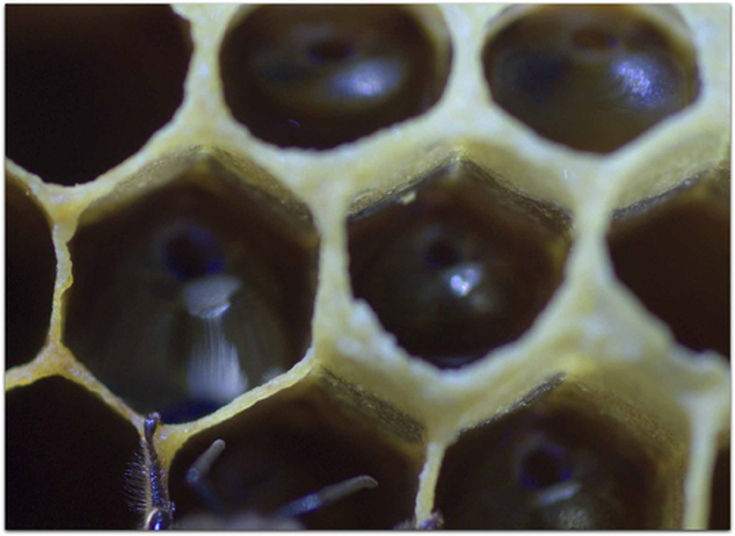
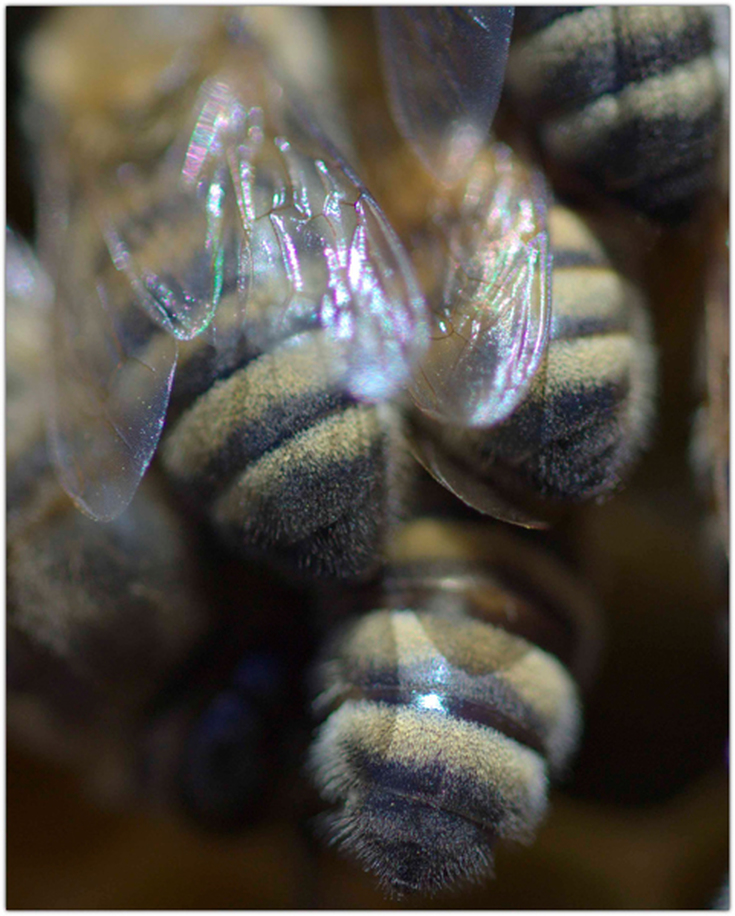
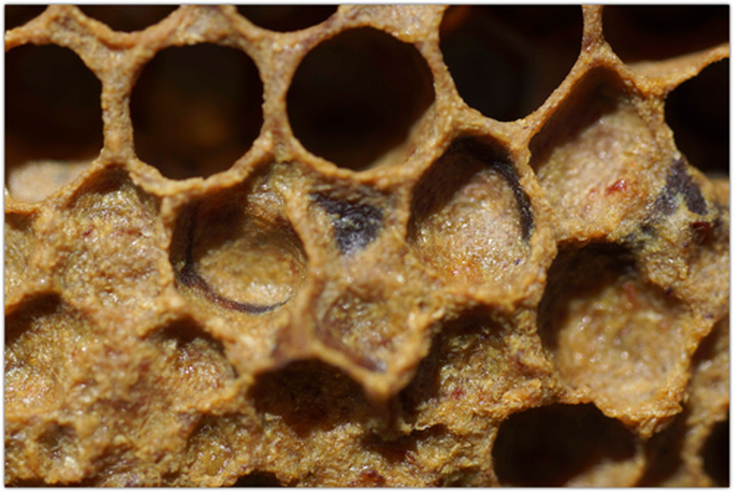
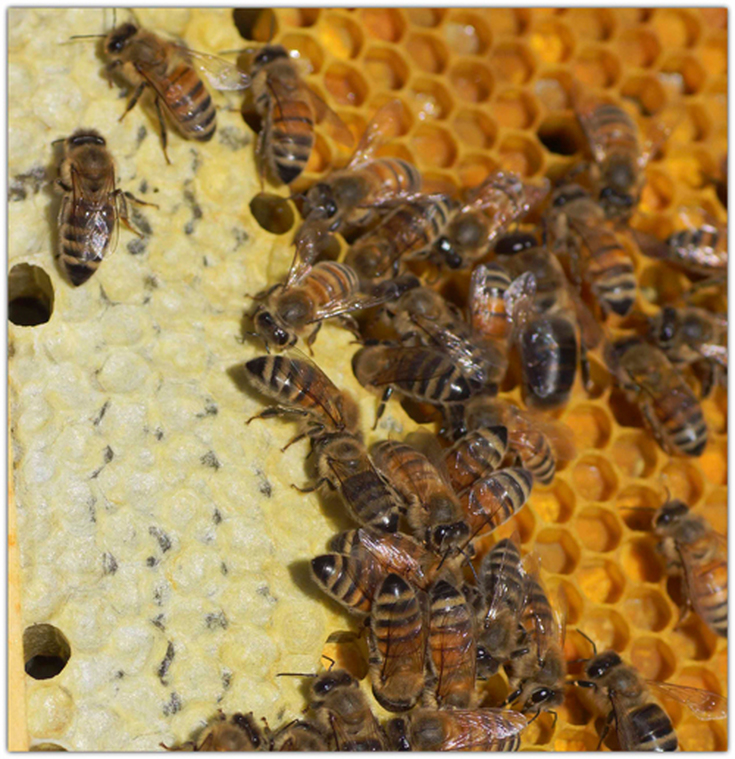
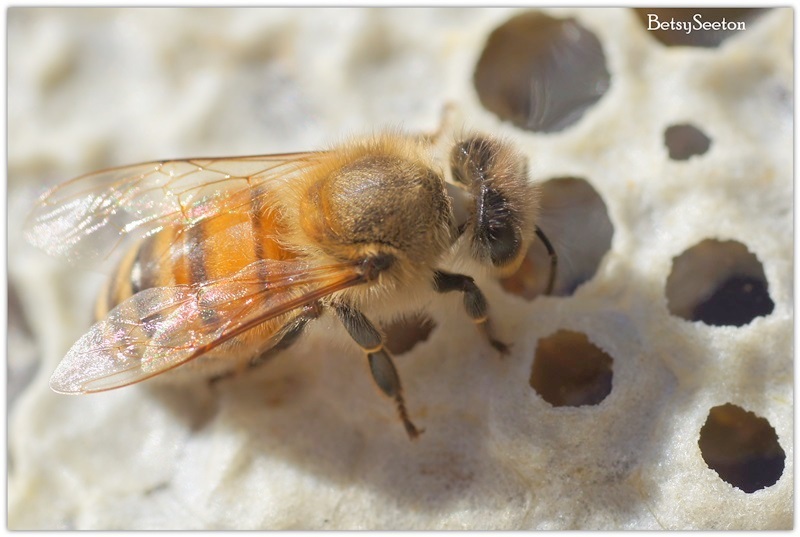
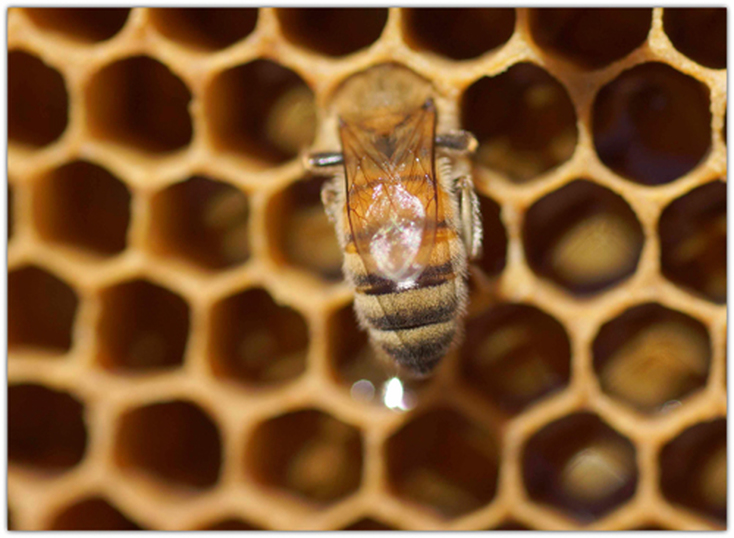
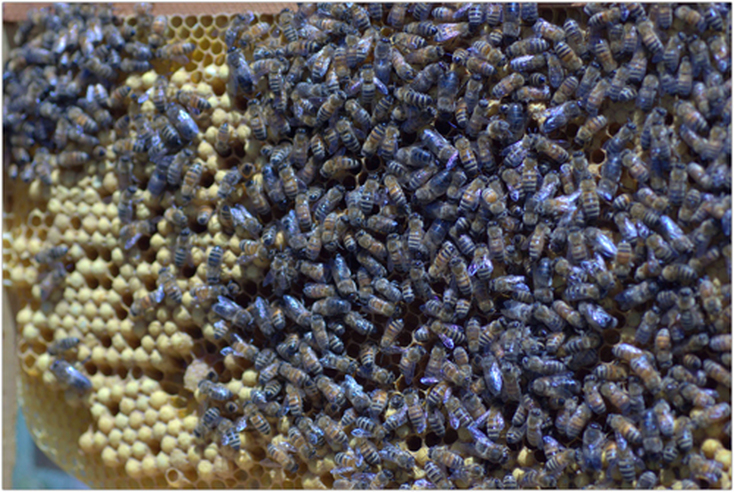
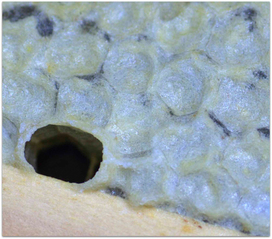
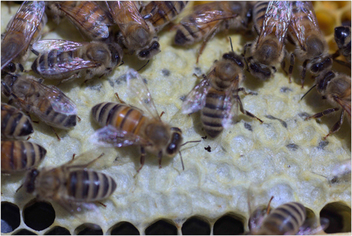
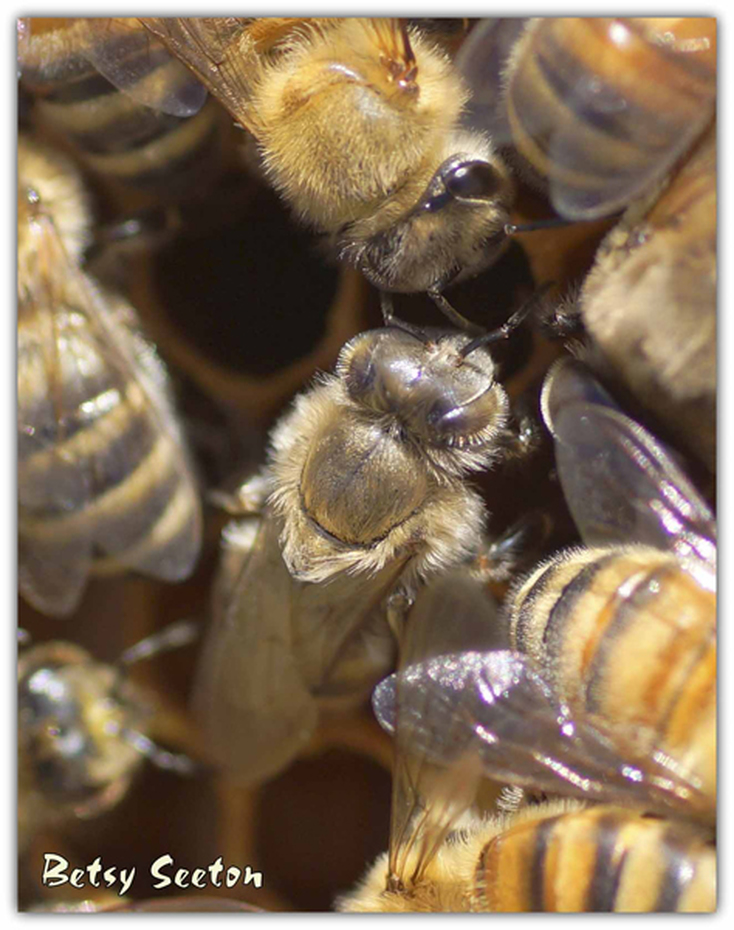
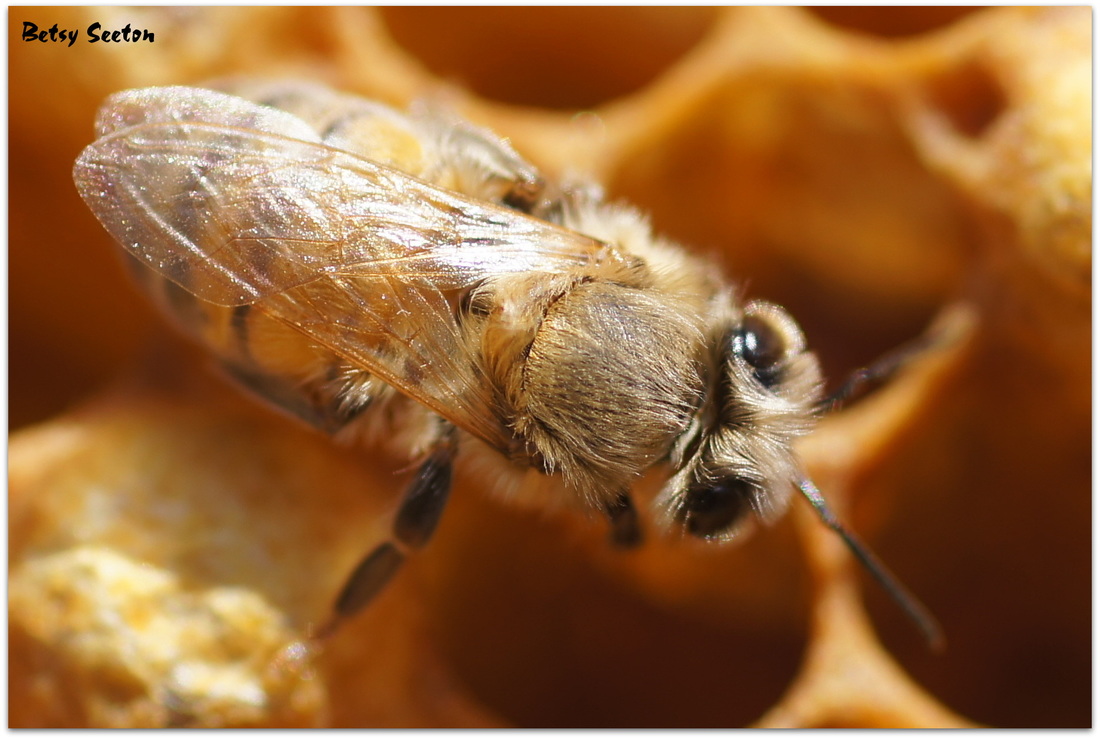
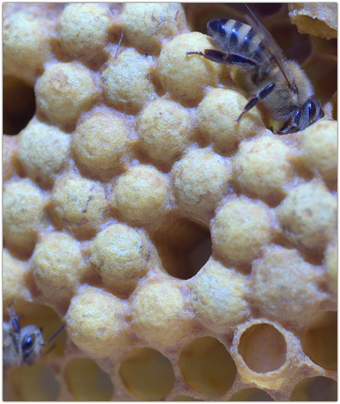
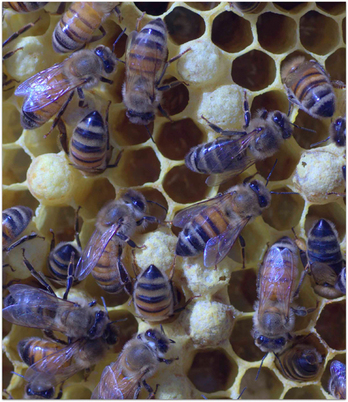
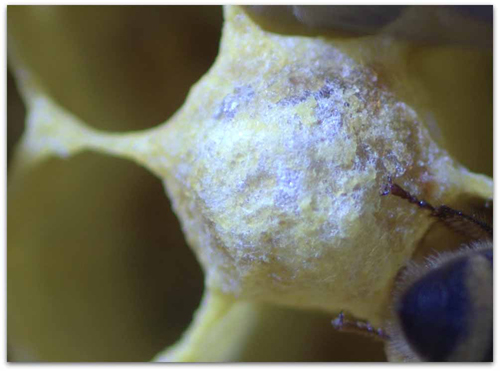
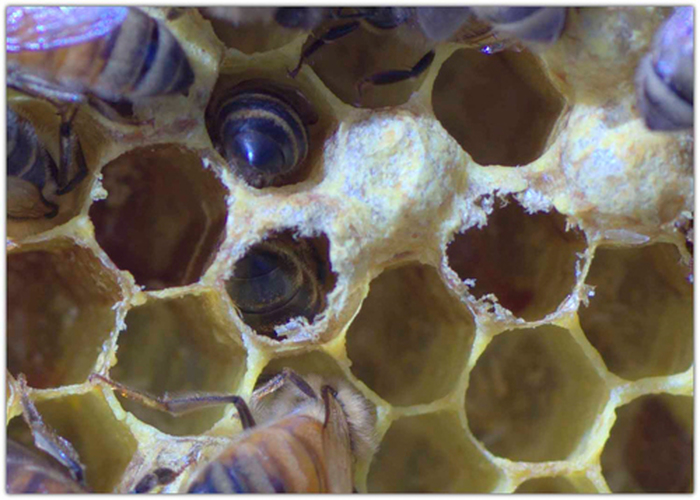
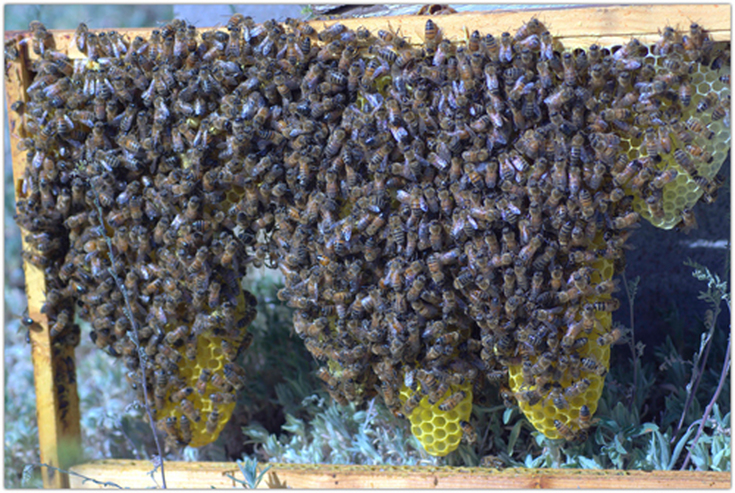
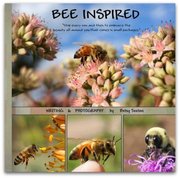

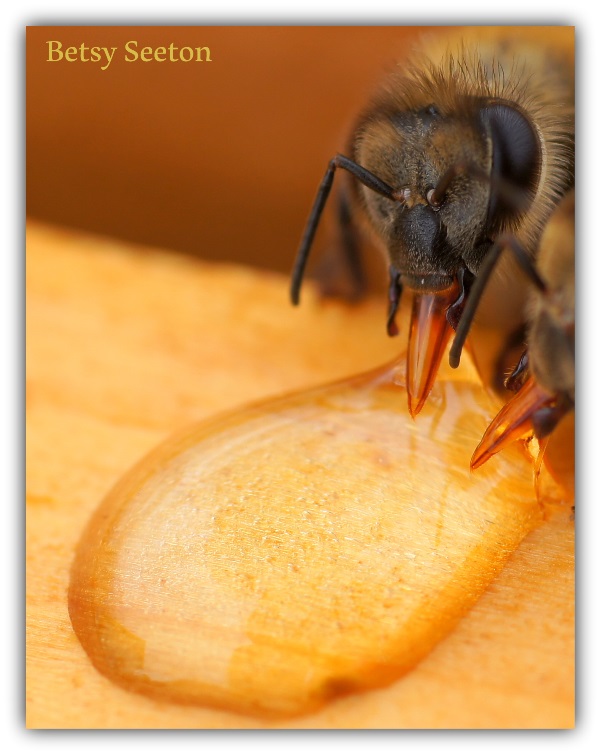
 RSS Feed
RSS Feed
